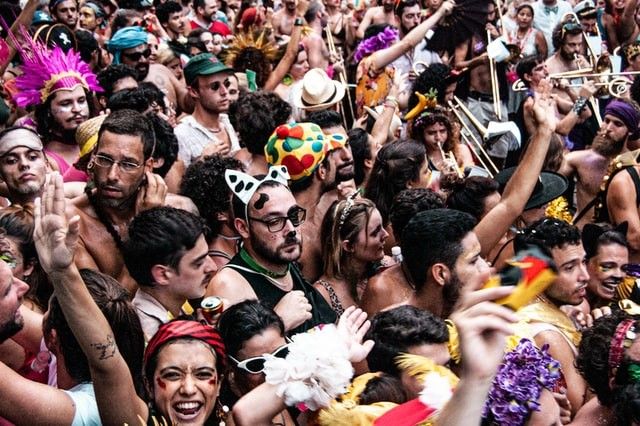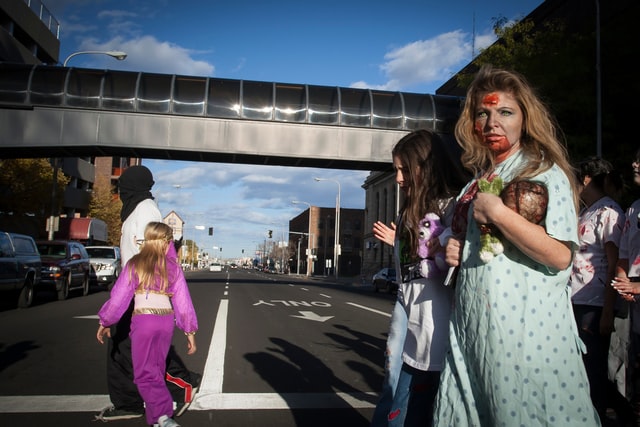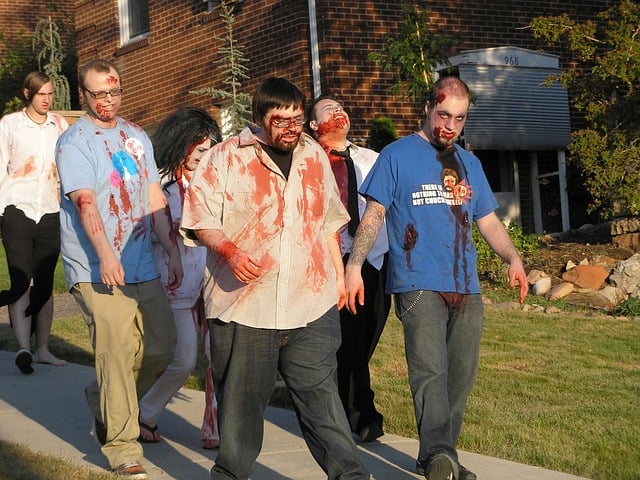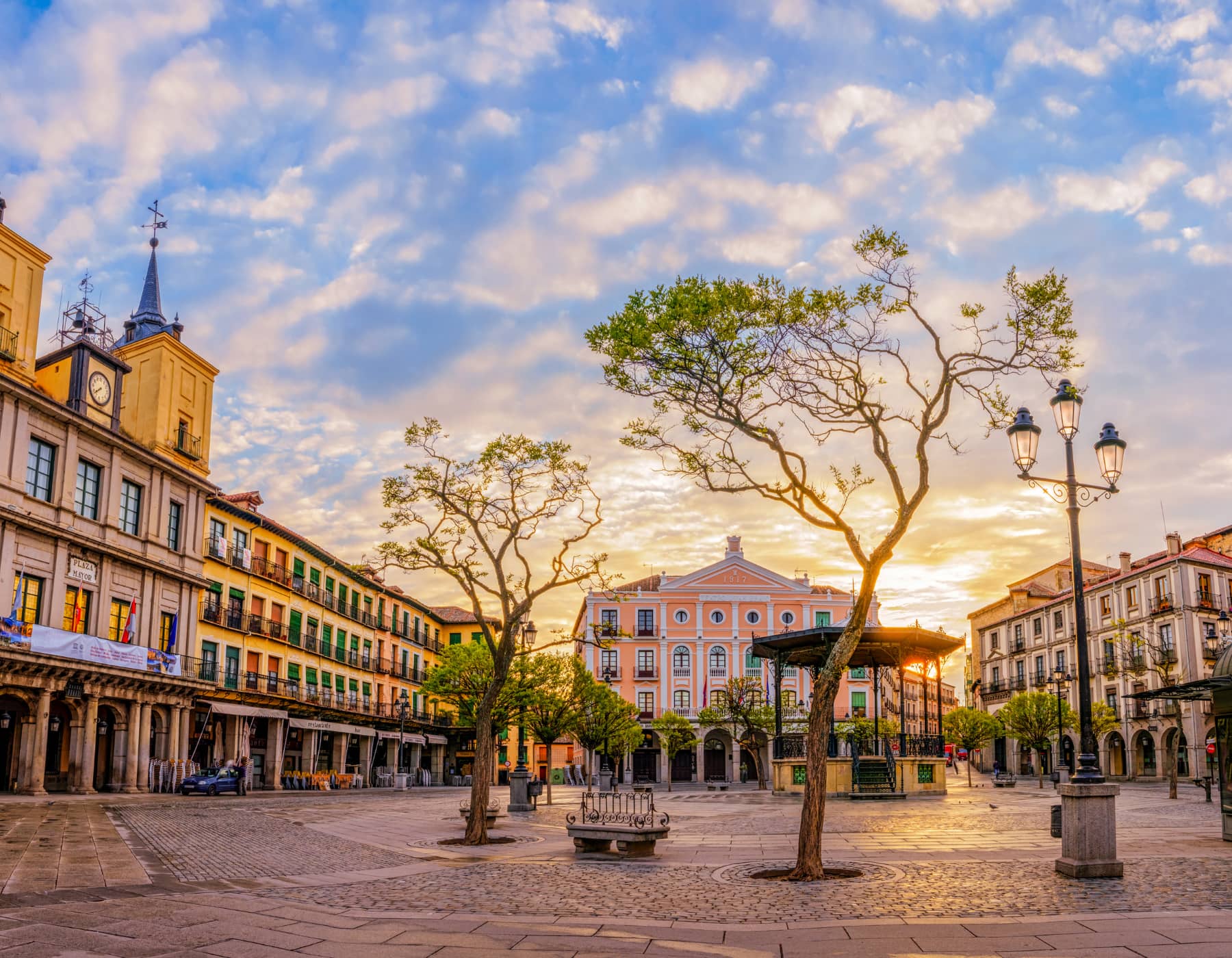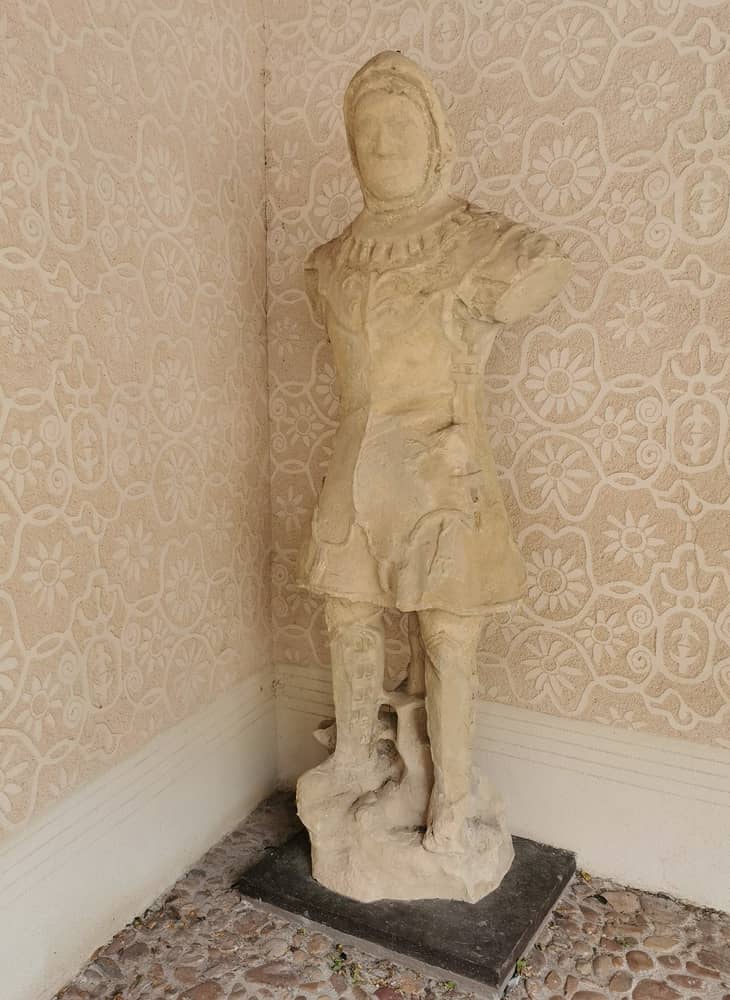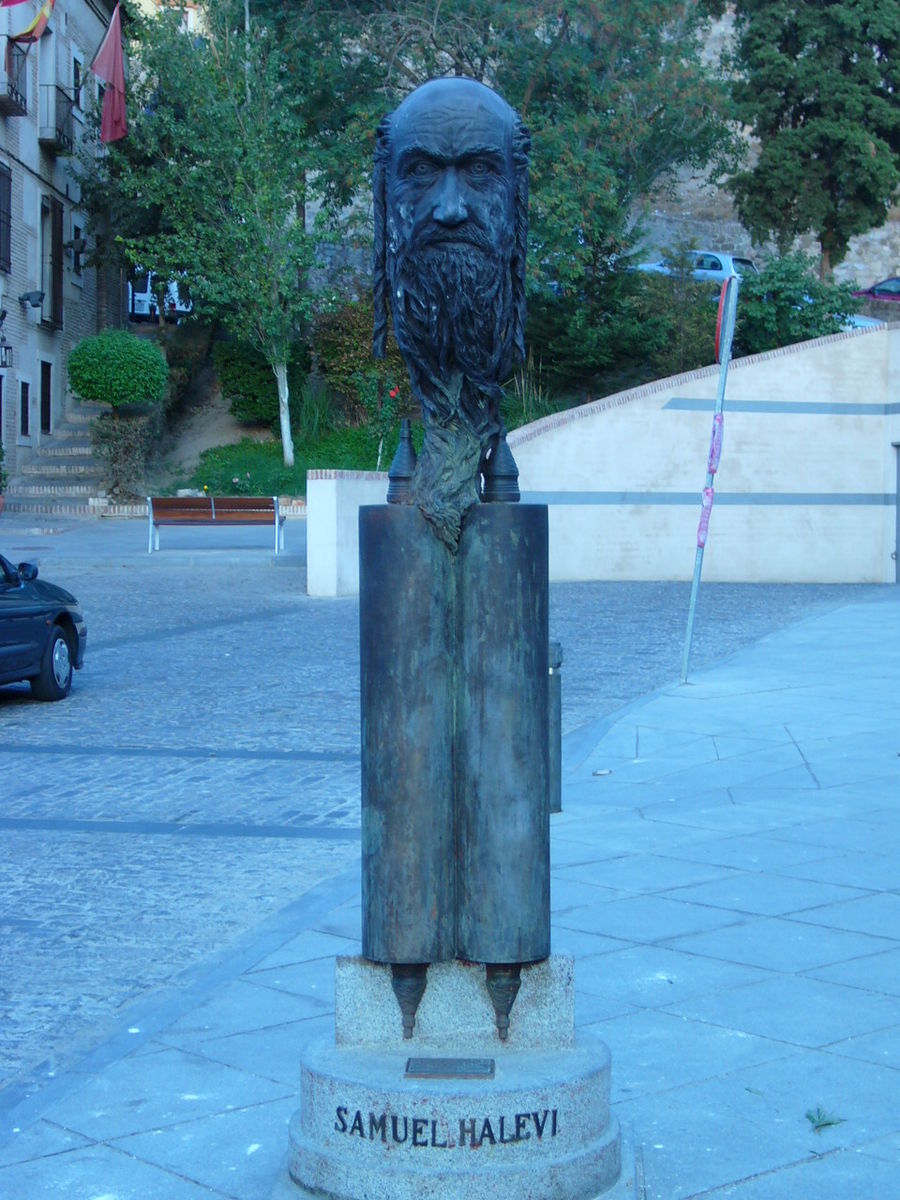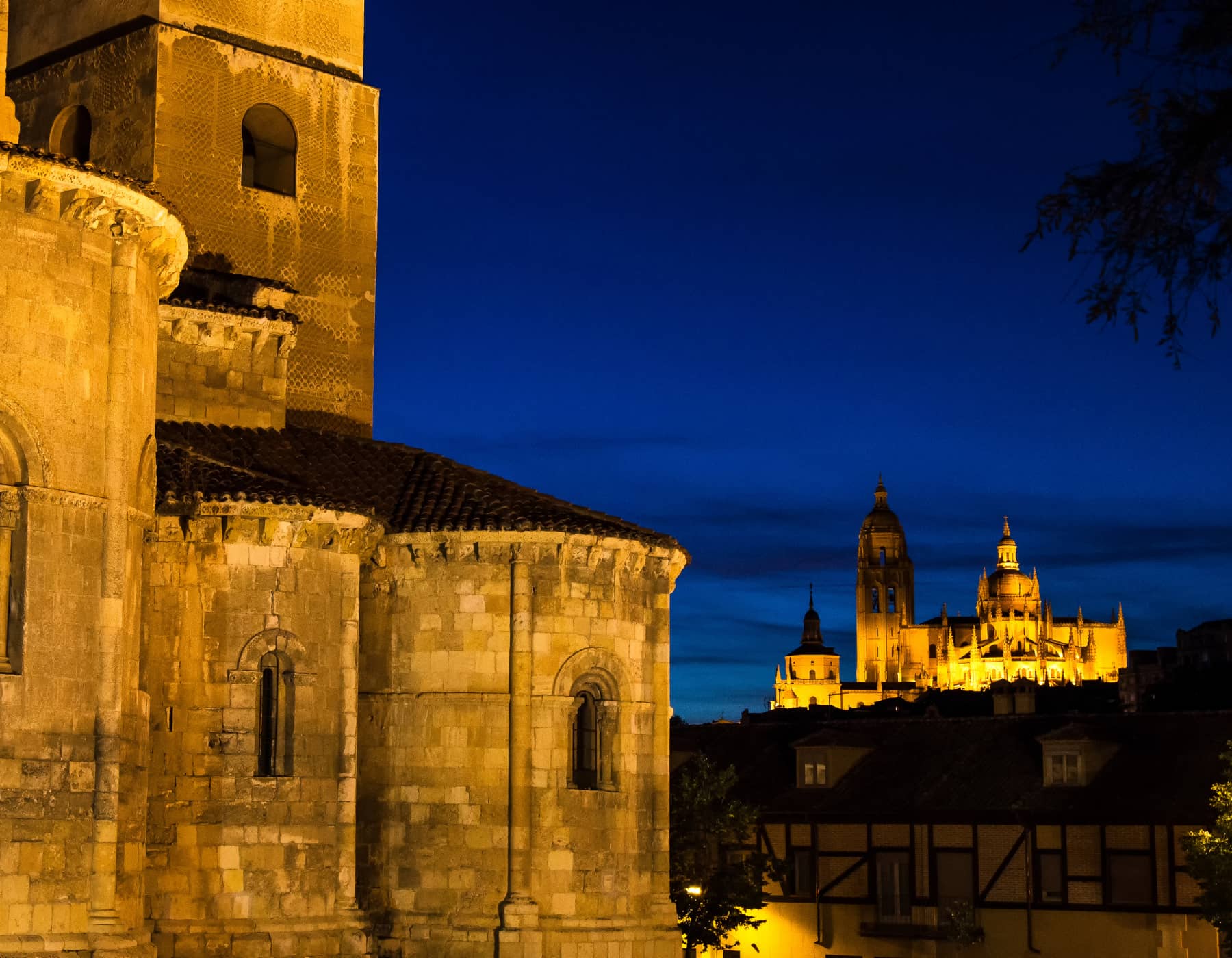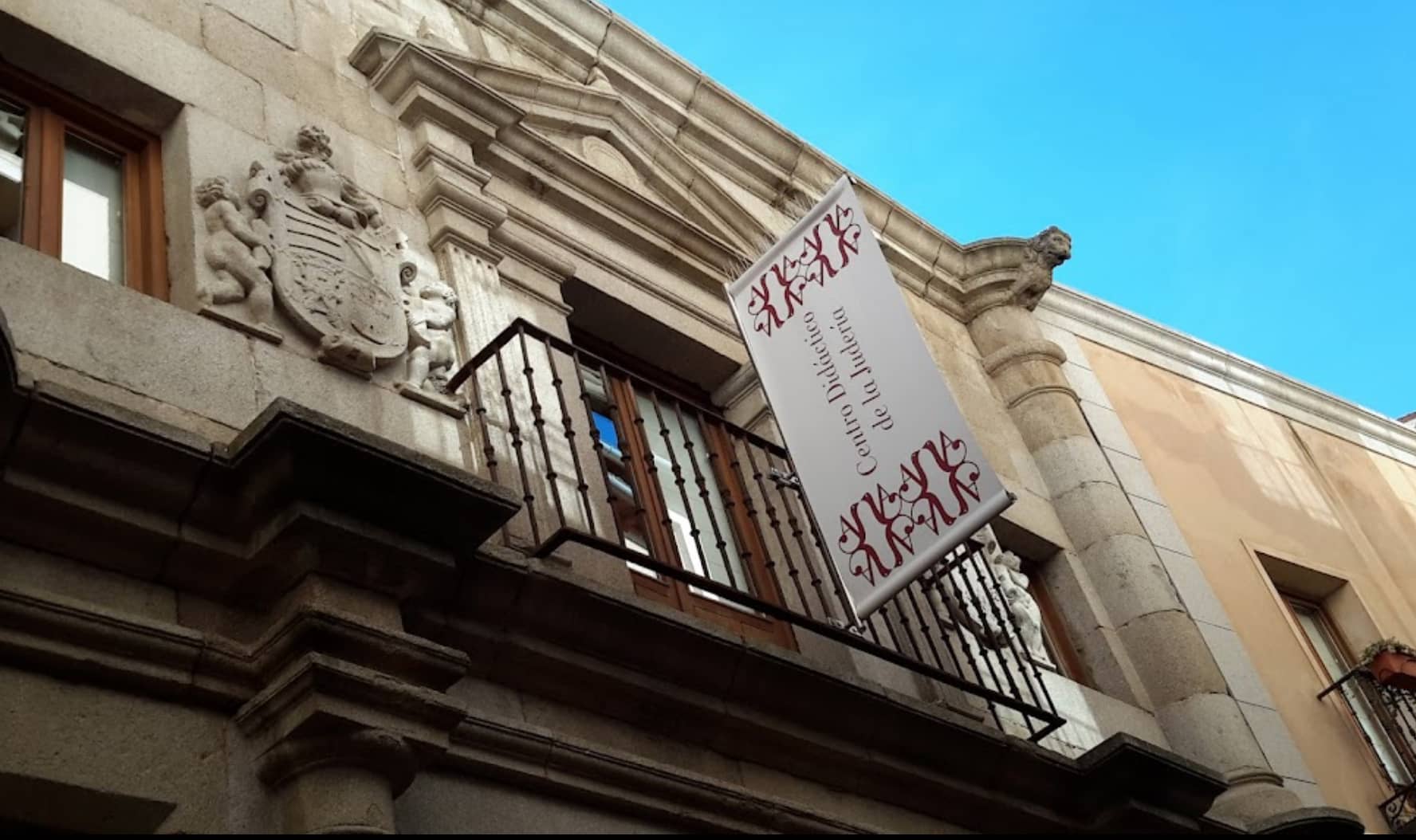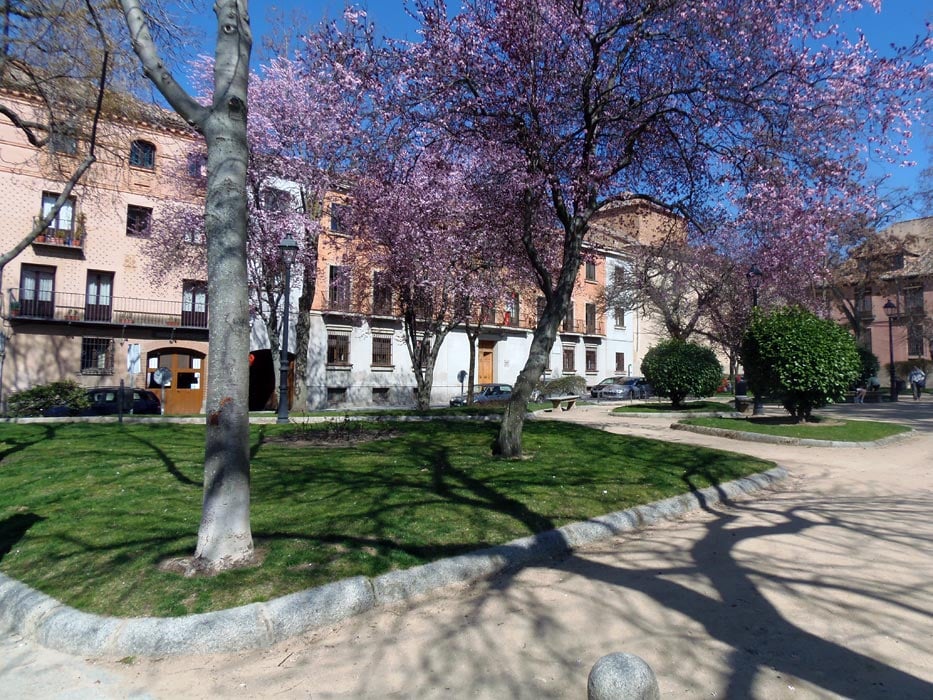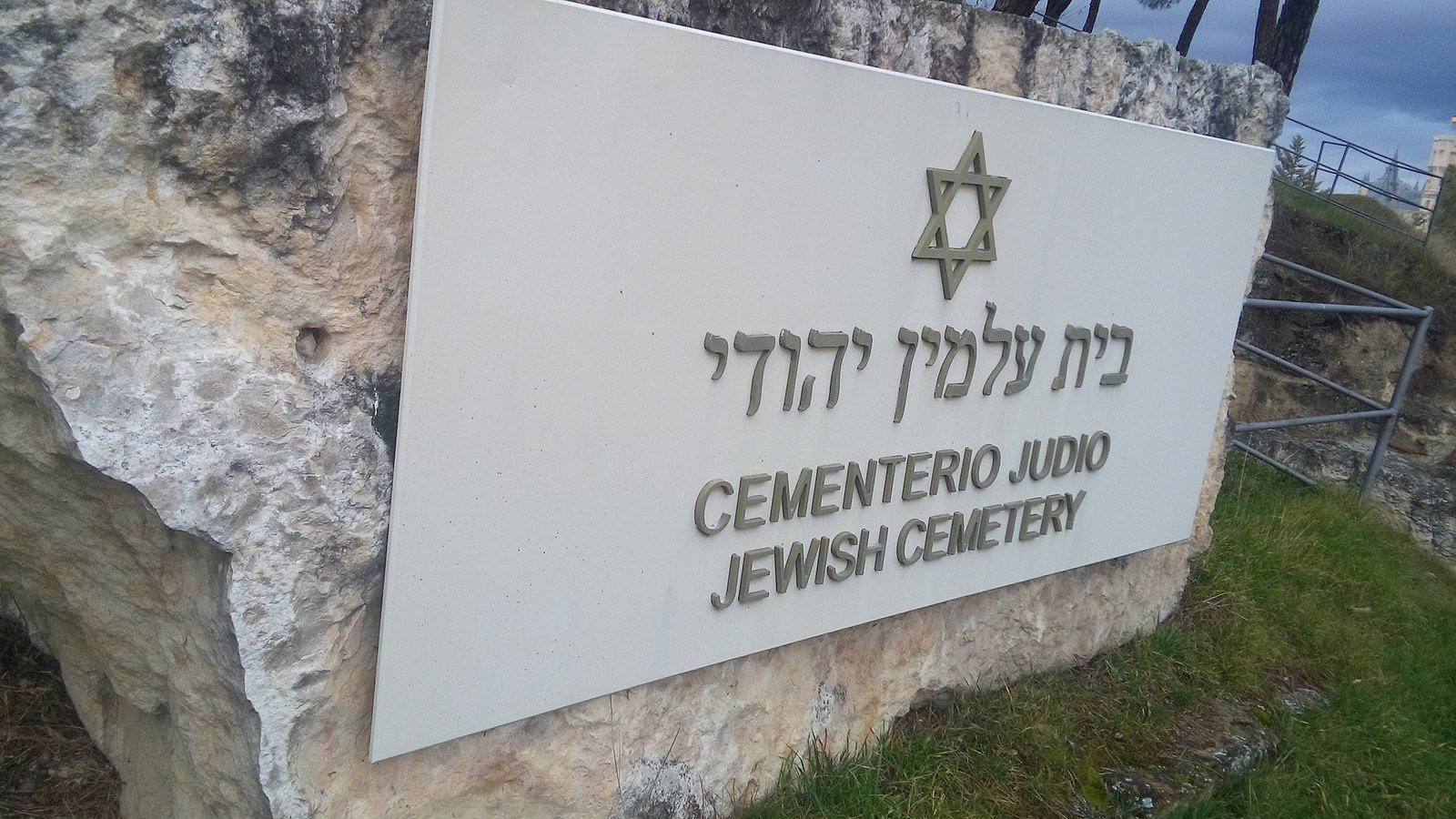Purim 2022: The Purim Holiday is Back and Better Than Ever
From Europe to the Middle East, Jews have been subjected to some of the most ruthless minority treatment in history. There have been many moments where Jewish communities around the world have thought, “This is the end.” However, most of the time it all works out and as a result, a new holiday is born. One choice joke that American Jews often like to employ during such holidays is, “They tried to kill us, they failed, let’s eat.” On Purim, this sentence is altered to read, “They tried to kill us, they failed, let’s party.”
For the last two years, the pandemic canceled this opportunity. However, Purim 2022 is returning with vengeance and several major events in Israel. Grab your Purim costume and your alcohol of choice and take to the streets and bakeries for all the merriment.

Hamantaschen: A Tasty Symbol of Jewish Victory
Sure, there are plenty of parades and things to do in Tel Aviv during the Purim holiday. Yet before all that you need to set a good carb base for all the alcohol you will surely consume. There is no better pre-drinking snack than some classic hamantaschen.
These triangle shaped treats are sculpted to look like the three pointed hat of the famous Jewish enemy Haman. Haman wanted all the Jews of Persia massacred. It was through the efforts of Queen Esther, that the Jews of Persia were saved. She convinced King Ahasuerus to spare her people and execute Haman in the place of her Uncle Mordecai. For this reason, on Purim Jews read the Megillat Esther and indulge in some delicious little Haman hats or hamantaschen. Some of the best hamantaschen to be found in Tel Aviv is at Puni or Lechamin Bakery.
Puni, the first cake shop in Yaffo, was built by a Polish immigrant by the name of Avi Puni, who came to Israel in 1922. The bakery specializes in many assortments of sweet and savory baked goods. All of these tasty treats are made using recipes straight from the Puni family cookbook. Throughout the year they are known for their signature bourekas and marzipan but during the Purim holiday, the hamantaschen reign supreme.
Lechamin Bakery is known for its shelves of freshly baked and delicious loaves of bread from sourdough to rye. Exiting Lechamin without an assortment of fresh baked goods is next to impossible. This Purim 2022, indulge in their classic chocolate hamantaschen and pair it with a cup of their delicious coffee.
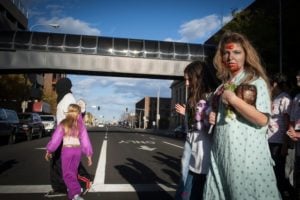
The Walking Dead: Purim 2022 Edition
Purim costumes come in all shapes, sizes, and colors, however, for certain occasions a dress code is required. Start prepping some fake blood and your finest ripped shirts for the Zombie Walk on March 19th. This is one of the most beloved themed Purim parades in all of Israel. People from far and wide come to Tel Aviv to take part in this celebration of the dead.
In earlier years, the number of walkers was in the thousands. This year, volunteers are hoping for a similar turnout. The parade kicks off at 9:30pm at the corner of King George and Sderot Ben Tzion. Everyone is welcome, the young, the old, and do not be afraid to take your costume to another level of terrifying.

Adloyada is Aramaic for Stinking Drunk
The Adloyada parades are by far the most celebrated events in Israel for the Purim holiday as well as the most historic. The first parade took place in Tel Aviv in 1912 and from that point on have been a staple of the Purim holiday in Israel. The Amaraic phrase that gave birth to the name Adloyada is “Ad Delo Yada” roughly translated as “until no one longer knows.” Traditionally you must get so drunk on Purim that you can no longer tell the difference between the names Haman and Mordecai. These names look completely different in the Megillah so you have got to be pretty wasted.
The Adloyada parades not only consist of people but some fairly elaborate floats. In the past, these floats paid homage to the history and culture of Israel. Some designs included giant Ben Gurion heads reading Israel’s declaration of independence or the twelve tribes of Israel. Today, the floats reflect a more modern touch of Israeli culture. The criteria are outlandish, colorful, and loud. DJs and musicians from across the nation come to spin their records and blast their horns from atop the floats. The overarching theme is diversity and difference, which can be seen in each and every float and every Purim costume.
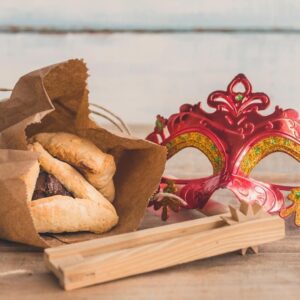
Purim: A Much Needed Celebration of Life
This Purim 2022 is possibly the most needed holiday in the last few years for the Jewish people and Israel. After all the stress, isolation, and precautions, it is high time that the entire nation let its hair down. Celebrating the continuation of life is a key pillar of many Jewish holidays, including Purim. This upcoming Purim holiday will be a celebration of survival not only for the Jews of ancient Persia but also Jews of the modern age.
